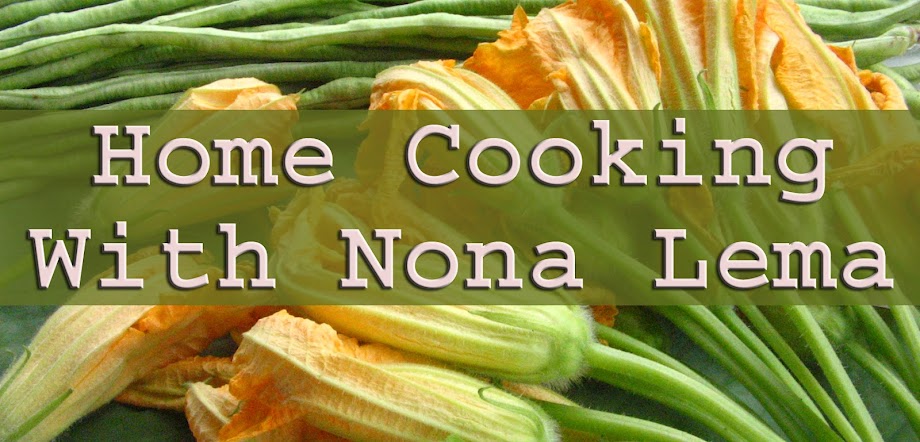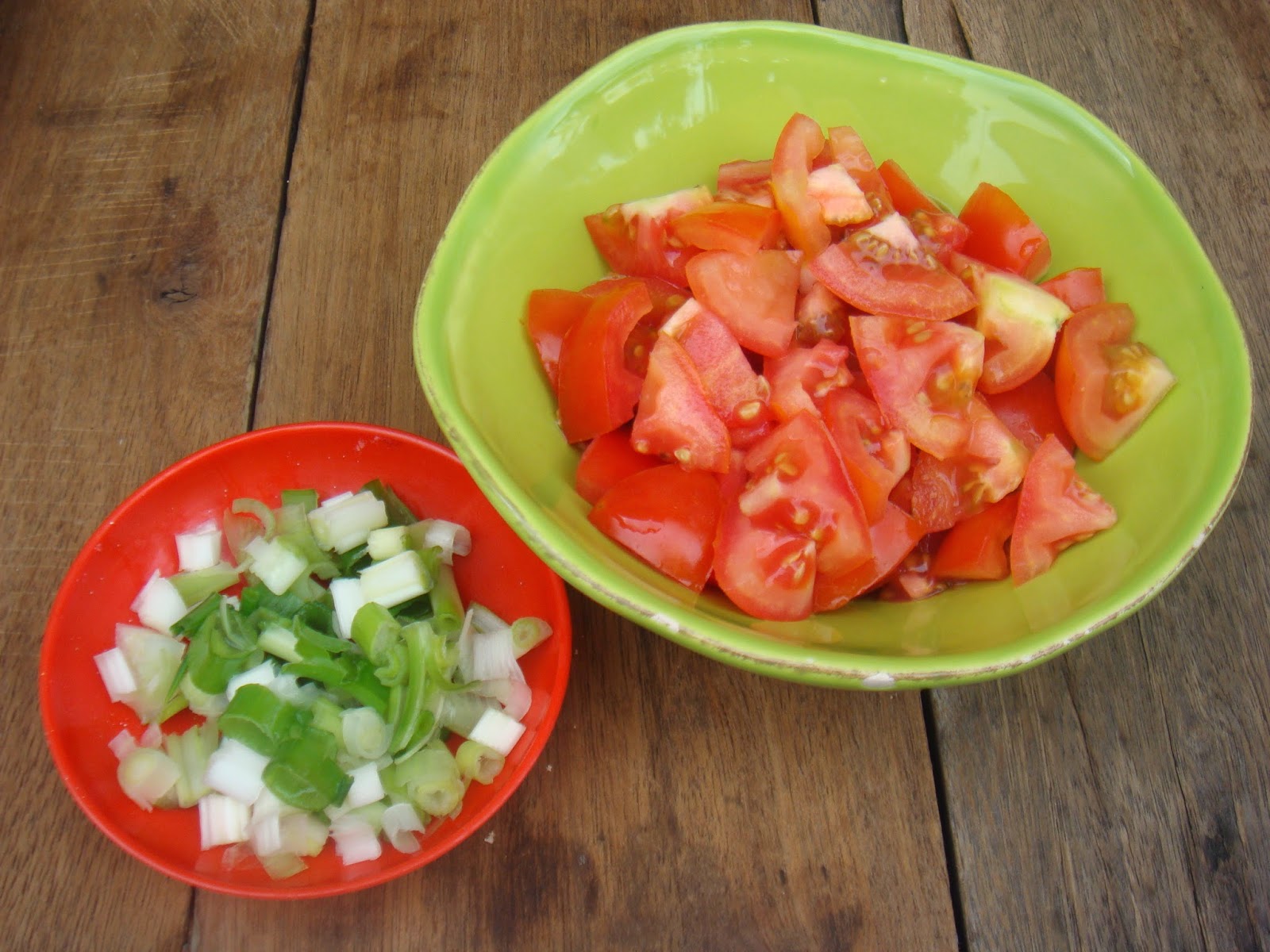Curry refers to a spicy dish of vegetables or meat, chicken or fish served with rice. There are different types of curry depending on the region of Asia or India.
Curry originated in India, and had been part of Indian cooking for thousands of years.The word ‘curry’ originated from the Tamil word ‘kari’ meaning spiced sauce. Tamil is South India’s most ancient living language. The word is derived from Sanskrit.
Curry dishes from the south west region of Kerala, India on the Malabar coast, use coconut milk and laurel (bay leaves). This type of curry recipe was the one that had been popular with us Filipinos. And this is the one I'm cooking here now.
Kerala was part of the ancient wealthy and powerful Sri Vijaya empire, controlling much of the Indonesian archipelago and Malay Peninsula. By the 12th century the empire extended to as far as the Philippines. And that is how our early Indian ancestors had greatly influenced the many cultures of the Philippines including cooking of curry dishes.
In Asia and the tropics, wether mild or fiery hot, any curried dish is always exotic and tasty.
Ingredients:
2 c potatoes (cubed)
1 c carrots (cubed)
1 c cauliflower (cut in flowerettes)
1 c green beans (chopped)
2 c eggplant (cubed)

2 pcs tokwa ot 1 block tofu
(cubed, fried)
2 c thin coconut milk
1 c thick coconut milk
2 Tbsp leeks or spring onions
2 Tbsp curry powder
salt, pepper
Procedure:
1. Saute leeks or spring onions in oil. Add potatoes, carrots, thin coconut milk and salt. Cover and cook.
2. When haf-done, add cauliflower and eggplant. Simmer. Add green beans, thick coconut milk, curry powder and pepper. Cover and cook until flavors blend. Remove from. Serve.
PLEASE SHARE:



































